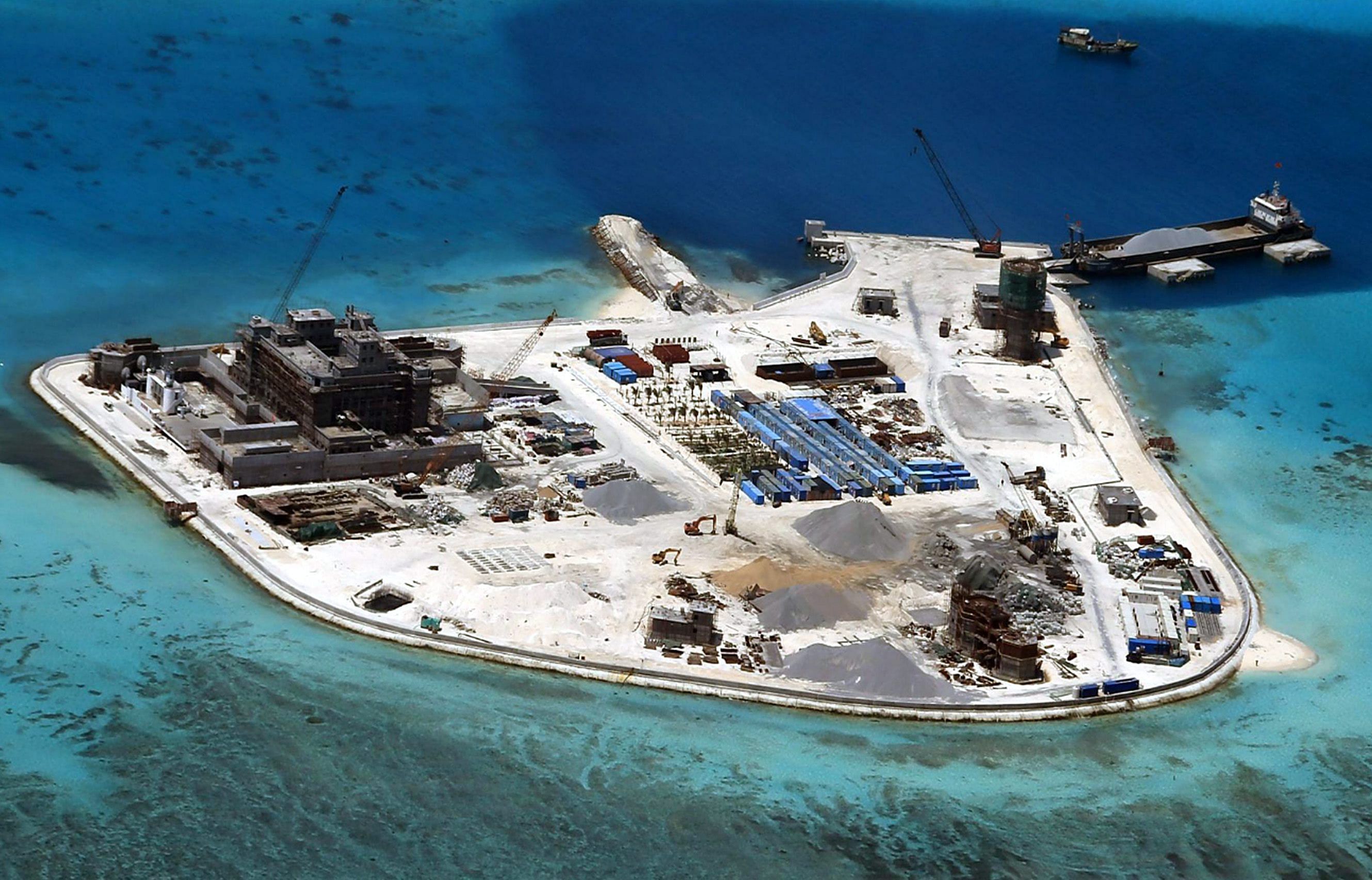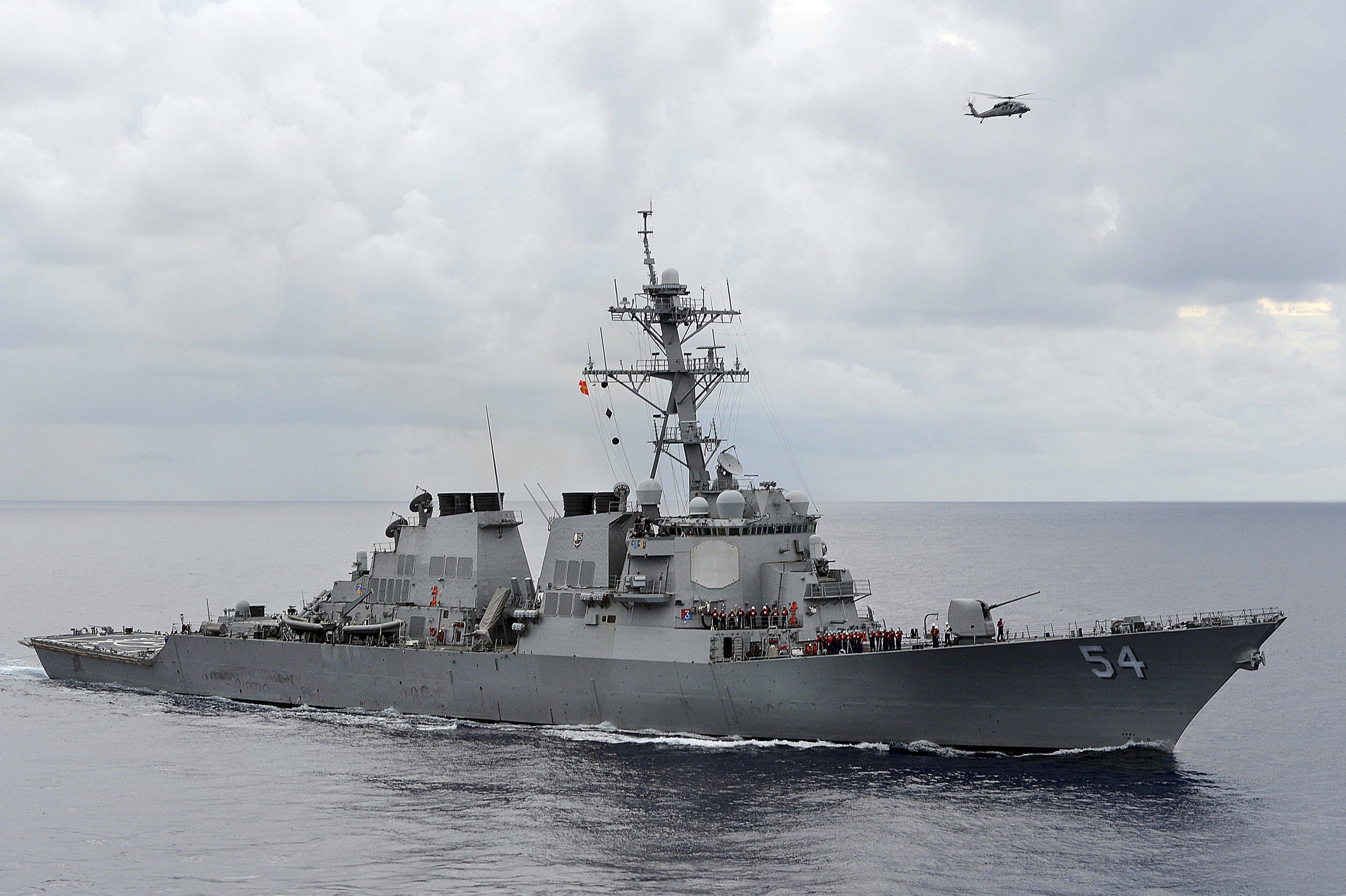What you need to know about South China Sea disputes
Sign up now: Get insights on Asia's fast-moving developments
Follow topic:
The South China Sea, dotted with small islands, reefs and shoals, is one of the most hotly contested areas in the world.
While unexplored, much of the disputed area around the Spratly Islands and Paracel Islands is believed to be potentially rich in oil and other natural resources. The sea is also a major shipping route through which over US$5 trillion (S$7 trillion) of maritime trade passes each year.
Here's a quick look at the disputes:
Who claims what?

China: It claims almost all of the resource-rich waters in the South China Sea - an area defined by its "nine-dash line" which extends hundreds of kilometres south from China's Hainan Island to waters off the coast of Borneo, taking in some of the world's busiest shipping lanes.
Beijing says its right to the area goes back centuries to when the Paracel and Spratly island chains were regarded as integral parts of the Chinese nation. In 1947, it issued a map detailing its claims. It showed the two island groups falling entirely within its territory.
Taiwan: Its claims are similar to those of China and are based upon the same principles.
Vietnam: It disputes China's historical account and instead says it has actively ruled over both the Paracels and the Spratlys since the 17th Century and has the documents to prove it.
The Philippines: It invokes its geographical proximity to the Spratly islands as the main basis of its claim. Both the Philippines and China lay claim to the Scarborough Shoal - known as Huangyan island in Chinese - a little more than 160km from the Philippines and 800 km from China.
Malaysia: It claims territory in the South China Sea that it says falls within its exclusive economic zones (EEZ), as defined by the United Nations Convention on the Law of the Sea (UNCLOS).
Brunei: The country does not claim any of the islands, but claims part of the South China Sea nearest to it that it says falls within its EEZ.
* Indonesia: It is not a claimant to any of the Spratly islands, but Chinese and Taiwanese claims extend into its EEZ and continental shelf, including Indonesia's Natuna gas field.
What is China's position on the disputes?

For years, China has insisted that disputes with rival claimants be handled bilaterally. Its position is that Asean is not the right forum for talks on the South China Sea disputes, pointing instead to joint working groups and meetings of senior officials from claimant countries as more appropriate platforms. While China and Asean have agreed 13 years ago to establish a Code of Conduct to govern dispute resolution, negotiations have made little headway so far.
What is US' position?

The US government takes no position on the territorial disputes but it has called for an immediate end to land reclamation in the South China Sea. It also sails and flies its assets in the vicinity of China's reclaimed islands, citing international law and freedom of movement. In May 2015, the US flew over China's man-made islands in the Spratlys, triggering repeated warnings from the Chinese navy. In October, it sent a warship, the USS Lassen, to within 12 nautical miles of Subi Reef. Washington has warned Beijing not to "elbow aside" other claimants in the disputes.
SOURCE: THE STRAITS TIMES ARCHIVES, CNN, BBC

